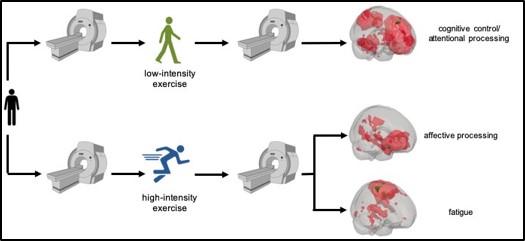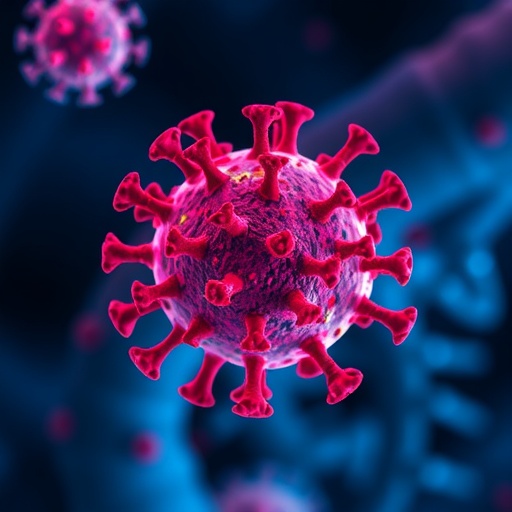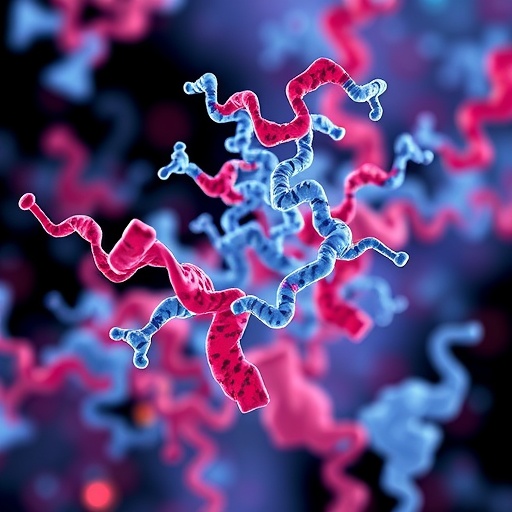Study suggests that exercise could play a role as a therapeutic strategy in neurological and psychiatric disorders

Credit: Department of Radiology, University Hospital Bonn, Bonn, Germany
Amsterdam, NL, January 30, 2020 – A new study shows for the first time that low and high exercise intensities differentially influence brain function. Using resting state functional magnetic resonance imaging (Rs-fMRI), a noninvasive technique that allows for studies on brain connectivity, researchers discovered that low-intensity exercise triggers brain networks involved in cognition control and attention processing, while high-intensity exercise primarily activates networks involved in affective/emotion processing. The results appear in a special issue of Brain Plasticity devoted to Exercise and Cognition.
“We believe that functional neuroimaging will have a major impact for unraveling body-brain interactions,” said lead investigators Angelika Schmitt, MSc, and Henning Boecker, MD, Functional Neuroimaging Group, Department of Radiology, University Hospital Bonn, Bonn, Germany. “These novel methods allow us to ‘look’ directly into the brains of a group of athletes, and, maybe even more importantly, understand the dynamic changes in brain structure and function associated with the transition from a sedentary to a healthy lifestyle.
Twenty-five male athletes underwent individual assessments using an incremental treadmill test. On separate days they performed low- and high-intensity exercise bouts for 30 minutes. Before and after exercising, Rs-fMRI was used to examine functional connectivity of different brain regions that are linked to specific behavioral processes. Participants also completed a questionnaire to measure positive and negative mood before and after the exercise.
The behavioral data showed a significant increase in positive mood after both exercise intensities and no significant change in negative mood. The results of the Rs-fMRI tests showed that low-intensity exercise led to increased functional connectivity in networks associated with cognitive processing and attention. High-intensity exercise, on the other hand, led to increased functional connectivity in networks related to affective, emotional processes. High-intensity exercise also led to a decreased functional connectivity in networks associated with motor function.
The investigators note that this is the first study to report distinct effects of exercise intensity on specific functional networks within the brain at rest. Future research in this area will help provide neurobiological evidence about what type of exercise intensity is best suited for certain neurological or behavioral modulations and may pave the way for supportive clinical applications in patients or for enhancing brain functional plasticity.
###
Media Contact
Diana Murray
[email protected]
718-640-5678
Related Journal Article
http://dx.




